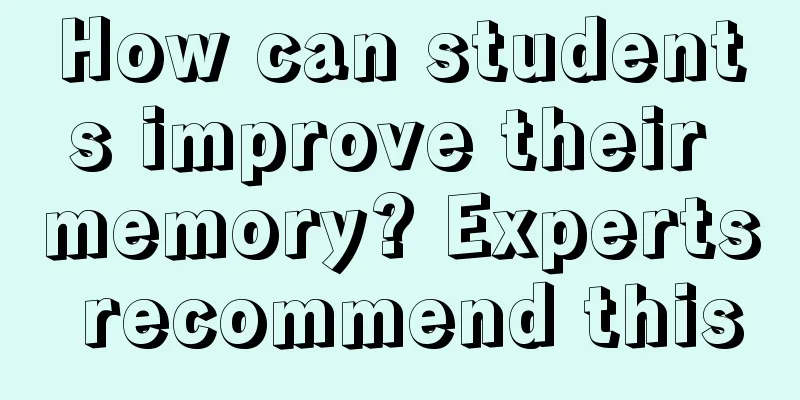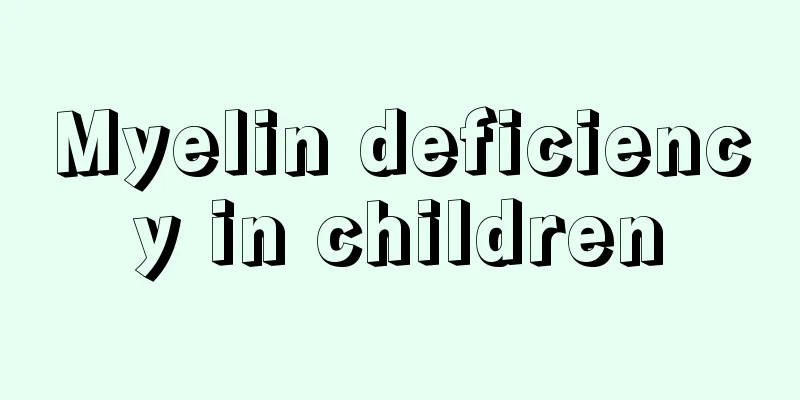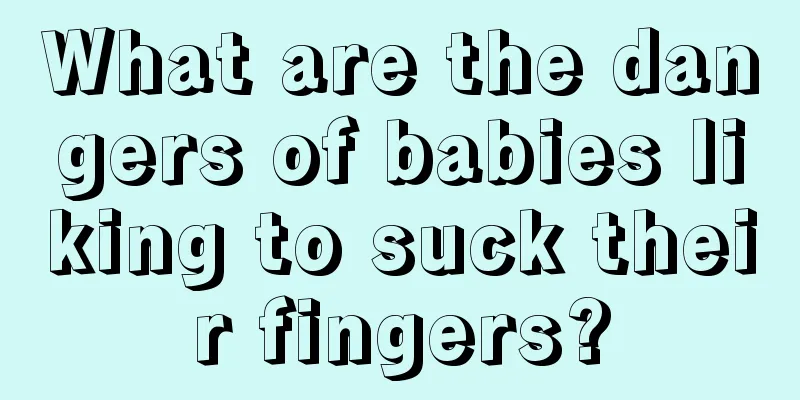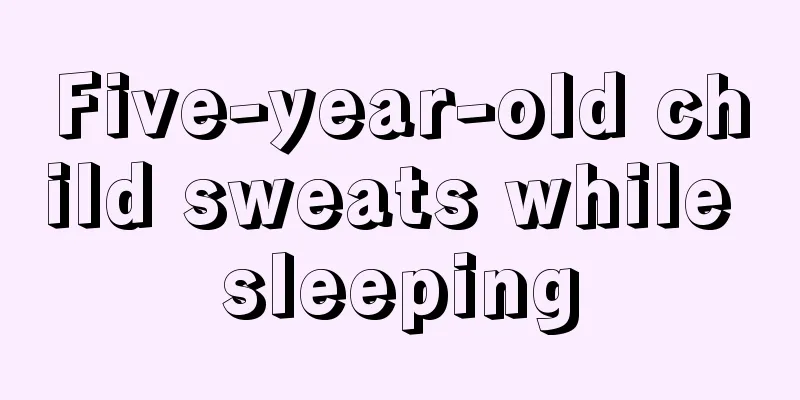What to do if a child has a blocked tear duct

|
Many people may not understand what the tear duct is. The tear duct includes the lacrimal puncta, lacrimal canaliculi, lacrimal sac and nasolacrimal duct. There is a tear point on the upper and lower eyelids, and the upper tear point is slightly inner than the lower tear point. The lacrimal canaliculus is a small tube connecting the lacrimal punctum and the lacrimal sac, and is divided into the upper lacrimal canaliculus and the lower lacrimal canaliculus. Some children may experience tear duct obstruction, which prevents secretions from the tear glands from being eliminated, thus endangering the health of the eyes. As for how to flush the tear duct, the first thing to do is to choose the insertion point of the needle, generally inserting the needle into the lacrimal point in the inner part. The patient sits or lies down, facing the operator. Operation technique and error prevention: Insert the needle vertically into the lacrimal punctum to a depth of about 1.5~2.0mm, and then turn it 90 degrees. Point the needle tip toward the nose, that is, the long end of the needle is parallel to the nose. The needle tip is then advanced slowly along the lacrimal canaliculus. If there is no resistance, it can be advanced 5 to 6 mm. Push the liquid into the tube with even and appropriate force. If there is great resistance during flushing, backflow or outflow from another lacrimal duct, it indicates that the tear duct is blocked. The direction of fluid backflow is different in different parts of the tear duct. Pay attention to the depth when inserting the needle to avoid damaging the mucosa. The clinical significance of tear duct irrigation is that it can detect some diseases related to the tear duct, such as tear duct obstruction caused by trauma; purulent secretions in the irrigation of chronic dacryocystitis; other acute inflammations of the eye; bleeding tendency or nasal deformity; acute dacryocystitis. Some newborns or children may have blocked tear ducts, and if the tear ducts are blocked for a long time, more eye mucus will accumulate around the eyes. At this time, you cannot just apply medicine on the eyes. Instead, you should first use a cotton swab dipped in warm water to slowly wipe away the eye mucus, then massage the eye area, and then have a professional doctor diagnose the specific location of the tear duct blockage and then clean the tear duct. |
<<: How to treat tear duct diseases in children
>>: What to do if a child's tear duct is blocked
Recommend
How to care for a one-year-old baby with herpetic pharyngitis?
Regardless of the season, herpangina is highly co...
Dark skin on baby's fingertips
The dark skin on the tips of a baby's fingers...
How to supplement zinc if your one-year-old baby is deficient in zinc
Many parents are troubled by this question: How t...
Why do newborns always fart?
Newborns are still relatively immature and many o...
How to correct hunchback in children?
Hunchback has become a common disease in life. Ch...
What causes abdominal distension in children?
Every mother should have experienced a similar si...
How to treat sleepwalking in children? Notice to Parents
If a child sleepwalks, you must pay attention to ...
Can children drink breast milk?
Generally speaking, children of childhood age are...
What should I do if my baby has severe picky eating?
Parents should pay enough attention to their baby...
Which department should children with hernia go to?
When parents encounter children with hernia, they...
Can babies with cerebral palsy be amused? This is the truth!
Babies with cerebral palsy have relatively low fu...
Can a baby dye his hair while breastfeeding?
Women should avoid dyeing their hair when they ar...
What are the white spots on the child?
The biggest reason why children have white spots ...
The baby suddenly eats less milk
Babies under one year old need a lot of breast mi...
Will motor developmental delay affect intelligence?
Maybe many of our children are prone to motor dev...









